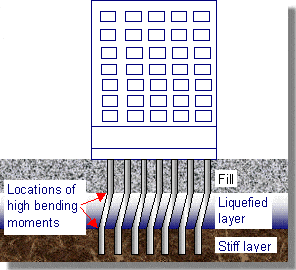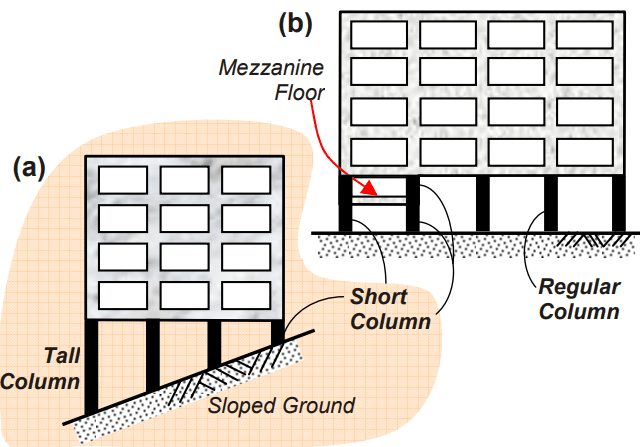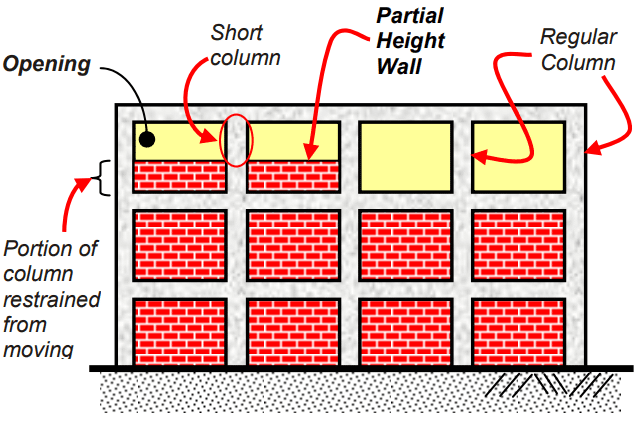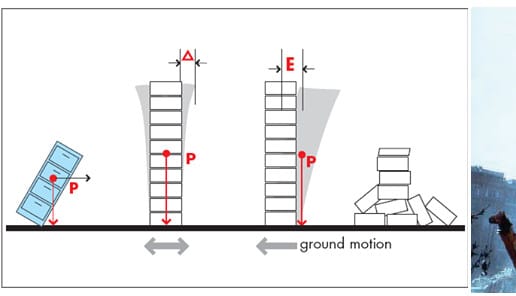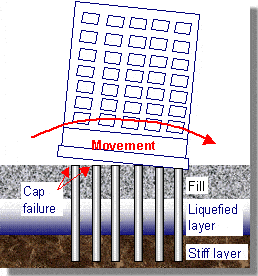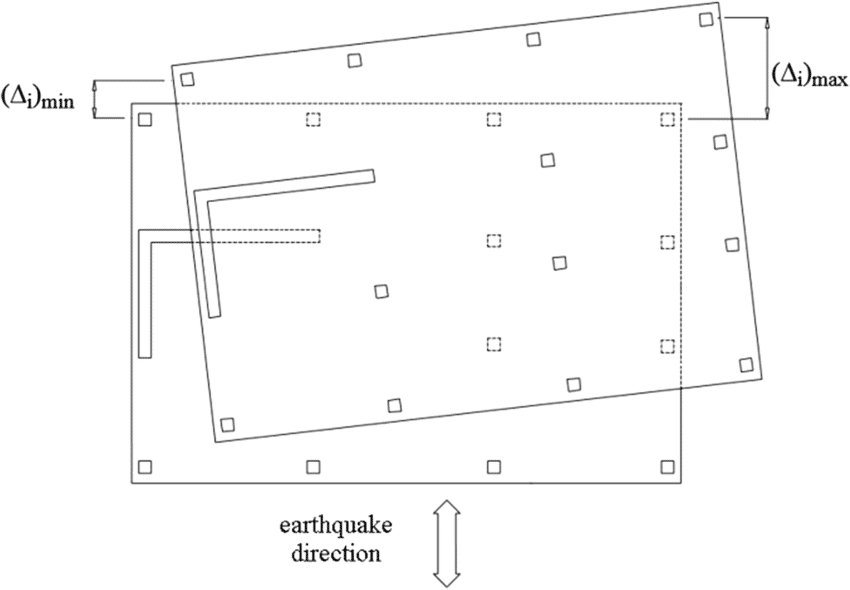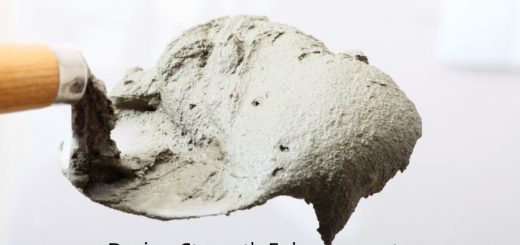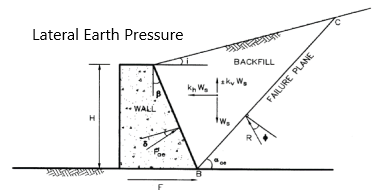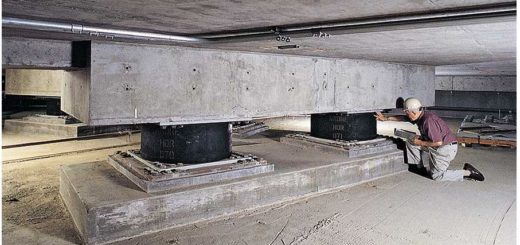What Causes Structures to Collapse due to Earthquake
The effects of earthquakes on structures can be devastating and sometimes catastrophic. Structures need to be built to withstand seismic activity to mitigate the impacts of such events. The underlying cause of structures collapsing due to earthquakes often has to do with design, construction, and maintenance. In this article, we discuss the main causes of structural collapse during an earthquake and provide insights for civil engineers on how to design and construct structures that are resilient to seismic activity.
One of the main causes of structural collapse during earthquakes is poor design. For instance, buildings that are not designed to withstand the lateral forces exerted by an earthquake can easily collapse. In addition, buildings that are not properly reinforced are also susceptible to collapse. In many cases, the use of sub-standard materials and construction methods can also contribute to the collapse of a structure during an earthquake.
Another cause of the collapse is poor construction. This can happen when buildings are not constructed according to their designed plans. For example, if the foundation of a building is not properly dug or if the building is not properly reinforced, it is more likely to collapse during an earthquake.
The third cause the of structural collapse is poor maintenance. When buildings are not properly maintained, they become weaker and more susceptible to damage. This is especially true for buildings that are located in areas with high seismic activity. For instance, if the foundation building cracks, it can cause the building to collapse during an earthquake.
As civil engineers, it is important to design and construct buildings that are resilient to earthquakes. In addition, it is important to properly maintain buildings to ensure their strength and stability.
Foundation Failure Due to Soil Liquefaction
Soil liquefaction occurs when loose and water-saturated soil temporarily loses its strength and stiffness. This phenomenon is also known as earthquake ground failure, because it occurs most frequently in areas with high seismic activity that have loose, saturated soils.
Falling buildings due to soil liquefaction can occur even when the earthquake magnitude is low, particularly if the soil is sandy or unconsolidated. Soil liquefaction may cause significant damage to property and loss of life. Anyone who has built on a landfill site should be aware of the risk of liquefaction during a major earthquake.
Further information the article Soil Liquefaction could be referred.
Failure of Pile Foundations due to the soil liquefaction at the soil layers at the intermediate levels under the ground. These failures are significant and unnoticeable.
When the internal soil layers are liquefied as indicated in the above figure, there will be additional bending moment and shear forces developed in the pile that would cause the failure of the pile foundation if the section reinforcements are not adequate to bear the additional stress.
During the design based on the borehole investigation data it designer’s responsibility to identify the risk of soil liquefaction the and necessary steps to be taken to avoid such failures in the event of an earthquake?
In addition, attention shall be made to the soil-pile-structure interaction by the design to in order to understand the behavior of the structure with the Interaction.
Short column Effect
Short column causes structural failures of the buildings. A short column is a kind of column that is have the height considerably less than the other columns. Though the frame structure itself the has same column height, construction partition walls could reduce the effective height of the columns.
Some of the occasions that cause create the short columns are as follows.
- Construction of building on the sloping ground. The column height reduces in the upper side of the slope.
- Having beam at the intermediate height of the columns
- Construction of brick/block partition walls besides of the column
When the lateral loads are applied floor deflect in the lateral direction. Similarly, the column top move laterally compared to the bottom end. Regular columns have more freedom to move compared to short columns. The short column resists to move though it also have to have the same lateral deflection as the other columns. As a result, the resistance to move higher load will be attract by it. This causes the failure of short columns.
Excessive Settlement
Soil liquefaction, having compressive soil that are not properly treated before the construction of the structure could undergoes excessive deformation due the seismic event.
Liquefaction of internal soil layer could cause settlement of the topsoil layers together with the building foundation.
If the unbalance soil capacities are induced with ground shaking, building could overturned.
Overturning of Buildings
Overturning of the building could be due two main reasons.
- Soil bearing failures
- P – delta effect
Soil Bearing Failure
Due to the shaking of the building in the vertical and horizontal direction soil under the foundation subjected to the excessive stress. As a result of that, there are possibilities of foundation failure.
In a shallow foundation, failure of soil one part of the foundation could lead to overturn the building.
P-Delta Effect
Excessive deflection of the building causes the load eccentricity of the building. In addition, permanent deformation causes due to the action of an earthquake shift the load center of the structure.
As a result of that, there are possibilities of overturning the building.
Soft Stores
In the technical point of view, having low stiffens in the lateral direction when compared to the other floors can be considered as the soft story effect.
When the lateral loads from the earthquakes are applied, floors with high lateral safeness will be able the bear the forces and control the lateral deflections. However, soft story will have excessive lateral deformation leading the failure of the floor. These kinds of failures result in collapse of the structures.
What is Soft Story in Building
In accommodation building, we have many partition walls that could be constructed form block and brick. Ground floor would be kept for parking. Thus, there wouldn’t be adequate lateral stiffness in the ground floor.
In addition, in some floors, we may have lots of openings. For example, there will be class windows between two floors. That will make the soft story effects.
Pile Cap Failure due to Earthquake
When buildings overturn due to the lateral loads applied form the lateral loads applied from the earthquakes, failure of the pile caps could occur in addition to the other structural damages to the superstructure.
At the connection of pile cap, the failure may occur with the excessive loads are applied. Since the pile cap together with the ground beams have very high stiffness, connection of pile and pile cap would become the weak location to fail. In addition, interaction of the soil and structure would worsen the situation further.
Irregularity in Floor Plans and Stiffness
Designers are preferring to have first two modes are in the two translational directions. It avoids the dominancy of the torsional behavior of the structure.
Torsional behavior of structure in a earthquake would cause severe damage to the structure if it is not considered during the structural design. The most common practices is to modify the stiffness of the structure to avoid the torsional modes becomes dominant.
As indicated in the above figure lateral deformation of the area having low stiffness have higher lateral deflection when compart to the shear wall area. The geometric center and the center of the stiffness are not coinciding.
The columns in area subjected to higher lateral deflection could develop high bending movement and shear forces. If the structural capacity of the columns is not adequate to bear these forces, column could fail leading to collapse of part of the structure or whole structures.
Insufficient Ductility
Ductility of the structure is very important factor considered in the design of structures against seismic loading. Right structure absorbs more energy and could cause failure. However, when the structure is ductile, it has more deformations.
The ductility of the structure is controlled by the reinforcement detailing. There are special requirement to be met when the detailing of the reinforced concrete element are made. Further, failure of the connection of the beam and columns, column and foundation could cause structural failure.
The hinge form close to the beam column connection. That area shall be detail in a way that it does not fail due to the cyclic loading applied seismic excitations, and to have adequate ductility.
Inadequate Lateral Stiffness
Lateral loads applied on the structure will be shared by the reinforced concrete frame structure and the shear walls. In some structures, there would be shear walls. In such situations, frame structure will be taking the loads.
When there are shear walls and frame structure, shear wall and frame interaction can be considered for the design as it enhances the lateral load resisting capacity.
Correcting locating the shear walls and having provided adequate wall area to bear the applied loads is a must to avoid failure.

